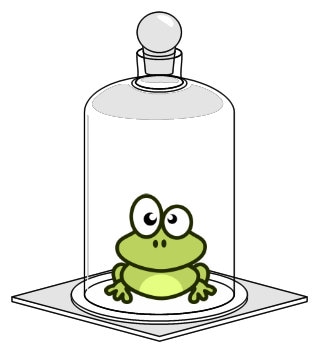Scientific vacuum has been the topic of philosophical debate since the days of the ancient Greeks but wasn't empirically studied until 17th century. Evangelista Torricelli produced the first laboratory vacuum in 1643. Other experimental techniques were developed as a result of his theories on atmospheric pressure. A torrecellian vacuum is created by filling a tall glass container closed at one end with mercury, and then inverting the container into a bowl filled with mercury. A vacuum, then, is created when pressure inside a space is lower than the pressure outside the space.
Vacuum became a valuable industrial tool in the 20th century with the invention of the incandescent light bulb and vacuum tubes. The development of human spaceflight has raised interest in the impact of vacuum on human health, as well as on other life forms in general.
Since we live in a world that is filled with minuscule particles of matter, it is difficult to create a space that is absolutely free of matter. But if you'd like to try and create a vacuum at home, in honor of Create a Vacuum Day, here's one simple way. Using a syringe, plug up the open end and then pulling back on the plunger. The space inside will be mostly void of matter. However, there will still be microscopic particles that remain inside; but still pretty close to a true vacuum, though. Another way to celebrate the day is by using #CreateAVacuumDay to post on social media.
Have a great weekend and I hope to see you all back here on Monday.

 RSS Feed
RSS Feed